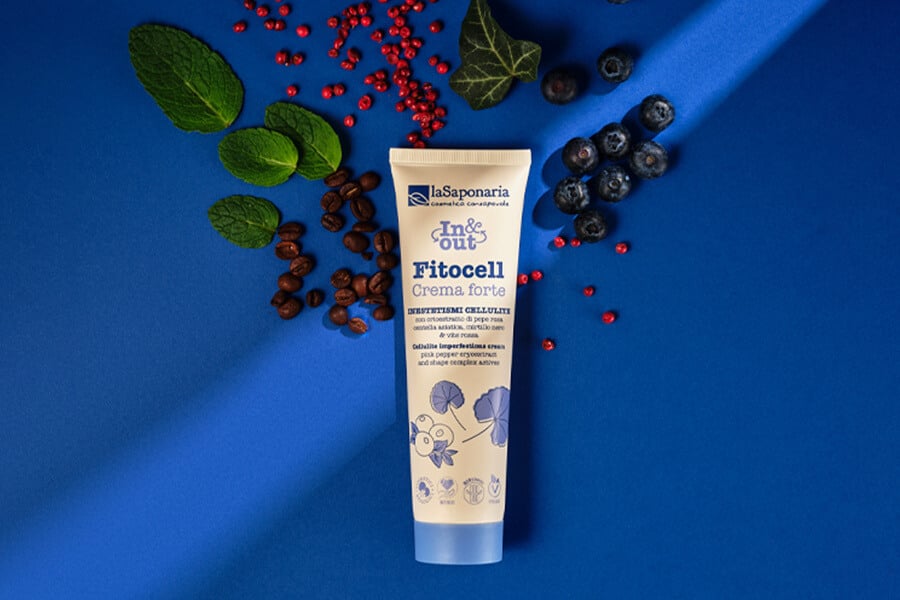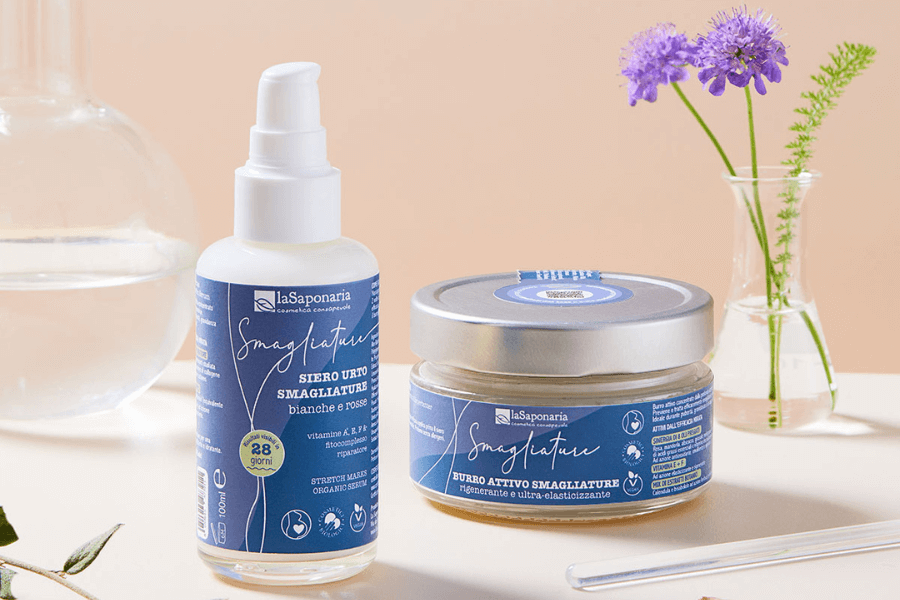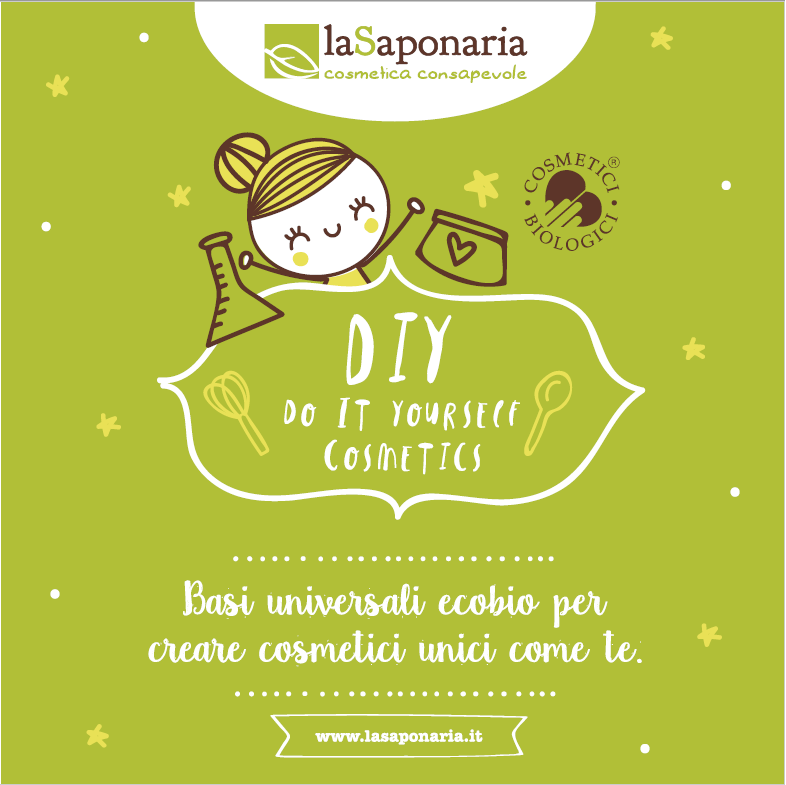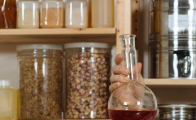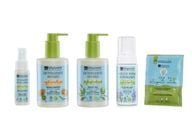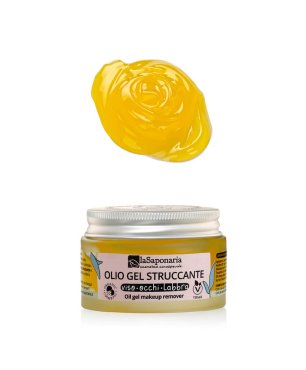- Call us! +390721 911004
- Write a message
- Whatsapp +39 377 3844777
- Become a reseller
- Test and E-book
- Location and contacts
-
MenuBack
-
Organic cosmetics
-
-
space
-
-
-
-
-
-
-
Christmas Gift
-
-
Skin care
-
Hair care
-
Body Care
- Christmas gift
- Routines
-
DIY
-
-
space
-
-
-
-
-
-
PRODUCTION TOOLS
-
-
DOWNLOAD THE RECIPES
-
-
-
Organic library
-
-
BEAUTYBLOG
-
-
-
GLOSSARY
-
-
-
DO-IT-YOURSELF RECIPES
-
-
-
TEST AND E-BOOK
-
-
About us
-
-
space
-
-
-
-
-
PHILOSOPHY
-
-
-
NATURAL COSMETICS
-
-
-
FLAGSHIP STORES
-
-
-
Sustainability
-
-
space
-
-
-
BENEFIT COMPANY
-
-
-
ETHICAL CHAIN
-
-
-
SUSTAINABLE PACKAGING
-
-
-
SUSTAINABILITY IN THE COMPANY
-
-
-
Supported projects
-
NOTICES AND AWARDS
-
-
-
Business Area
-
-
space
-
-
-
OPEN A FLAG SHIP STORE
-
-
-
BECOME A RESELLER
-
-
-
PRIVATE LABEL
-
ACCOMMODATION FACILITIES
-
-
-
RESELLERS LOGIN
-
-
-
Resellers
-
-
RESELLERS RESOURCES
-
-
-
OPEN A FLAGSHIP STORE
-
ACCOMMODATION FACILITIES
-
PROMOTIONAL MATERIAL
-
-
-
RESELLERS NEWS
-
REGISTER YOUR SHOP
-
-
-
BODY CARE LINE 2025
-
-
-
CHRISTMAS GIFT
-
-
- Store locator
Sucrose Laurate

INCI NAME:
Sucrose Laurate
ORIGIN:
Natural
FUNCTION:
Emulsifier
Surfactant
Texture stabilizer
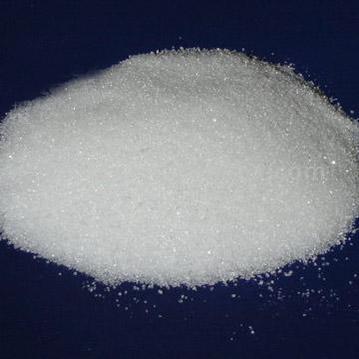
Sucrose Laurate is a natural ester obtained from the reaction between sucrose (sugar) and lauric acid (a saturated fatty acid found in coconut and palm). It appears as a white or beige powder or waxy paste, water-soluble, and of entirely plant-based origin.
It is a non-ionic surfactant and a multifunctional emulsifier, valued for its skin gentleness and excellent biodegradability. It is widely used in natural, organic, and dermo-cosmetic formulations.
Functions and Cosmetic Activity
Sucrose Laurate performs several cosmetic functions thanks to its amphiphilic structure:
-
Gentle emulsifier: stabilizes O/W emulsions, improving the cohesion between the aqueous and oily phases. Ideal for light and sensorial formulations.
-
Solubilizer: facilitates the dispersion of essential oils or fragrances in water without the use of harsh surfactants.
-
Secondary surfactant: can be used in mild cleansers (face, body, intimate hygiene, baby care) to reduce the aggressiveness of primary surfactants.
-
Texture modifier: helps create more stable, creamy, and fast-absorbing emulsions, enhancing the feeling of freshness and lightness.
Cosmetic Benefits
Thanks to its high tolerability, it is suitable for:
-
Sensitive, reactive, or atopic skin
-
Minimalist, clean beauty, and dermo-cosmetic formulations
-
Leave-on cosmetics (creams, serums, light emulsions) and rinse-off products (cleansing gels, milks, mousses)
It does not clog pores, is non-comedogenic, and does not alter the skin microbiota. Moreover, it is compatible with acidic pH, making it suitable even for gentle exfoliating products (with AHA or PHA).
Origin and Sustainability
Sucrose Laurate is derived from renewable plant-based raw materials: sucrose generally comes from sugar cane or beet, while lauric acid is extracted from tropical oils (coconut or RSPO-certified palm).
It is considered green, biocompatible, and biodegradable, with an excellent ecotoxicological profile





